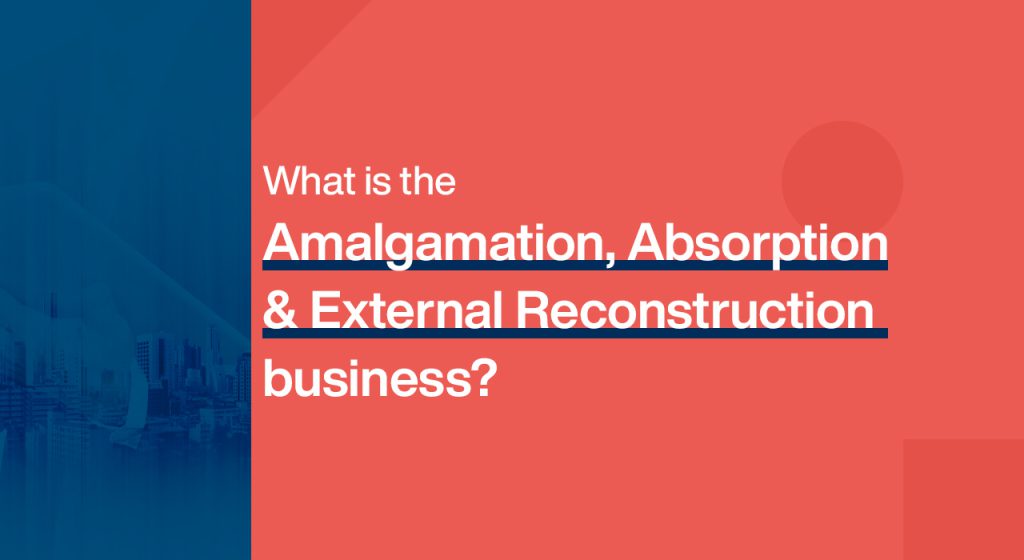In this post, I am going to discuss the most common type of business. This is the Amalgamation, Absorption & External Reconstruction business.
Amalgamation
An amalgamation business is a business that combines two or more companies into one company.
It is also known as corporate amalgamation, corporate merger, and acquisition.
The process of amalgamation involves the following steps:
Step 1: Preparation of documents: The first step in the process of amalgamation business is the preparation of documents like Articles of Association, Memorandum, and Articles of Association, etc. These documents are prepared by the board members of both merged companies.
Step 2: Approval by shareholders: Approvals from shareholders are required before any merger can be done. The approval may come from either all shareholders who own shares in both companies or only those who own shares in both companies.
Step 3: Approval by courts: A court order is required for amalgamation to happen. This court order will be issued by a judge who will listen to both sides before giving out his verdict on whether or not to approve the amalgamation proposal.

In the above image Let’s Suppose there are two companies X Ltd. and Y Ltd. they both are manufacturing the same product. This means they are competing with each other.
So one day they thought why not work tougher instead of doing individually and competing with each other?
So they decided to dissolve their current company and they will create a new company with New Name, and they open a new Company XY Ltd. where they worked tougher.
Absorption
An absorbed Business is a business that owns a portion of another business. This is usually done by the owners of the absorbed business either buying out their partners or financially supporting them. Absorbing another business helps to build your own brand awareness, increase revenues, and grow your company in many ways.
The benefit of Absorbed Business is that it enables you to expand your operations without having to raise new capital from investors. This means that if you run an existing business and want to absorb another one, you do not need to go through the process of raising money from investors which can take months or even years.
The main disadvantage of this type of arrangement is that if the other company fails then you will lose all your assets including cash and other assets like shares. In some cases, this can mean that you do not get any compensation for what you have lost because it was not legally binding when it was created between two companies.
Another disadvantage with this type of arrangement is that there may be some complications with getting information about both companies if they are separate entities such as different companies registered under different names or even different countries where they are based.

In the above image Let’s Suppose there are two companies X Ltd. and Y Ltd. Here X Ltd. is a small company in front of Y Ltd. Y Ltd. is a very big and Famous Brand, so he offered the X Ltd to work with him. so this is good for both X Ltd. and Y Ltd. Because the X Ltd has not that much resource and not very powerful to compete with Y Ltd. also their are many cases where companies Absorp the other company.
External Reconstruction business
Let’s first understand what internal reconstruction business is. If the company has a small issue that it can solve by itself, they Internal Reconstruct the business. But if the company has a major issue that they Can’t solve because the company had missed a clause on the memorandum and Article when they stabled company. Because of that, they are facing a problem to manage the business. in that company a lot of things are creating problems, so to solve that problem company External Reconstruct the business. A company Represents itself as a new company with their customer. With a new business modal and New brand name.

Suppose X Ltd. is an old company, that manufactures Mobile. But they now face a problem with their system and they can’t improve it. So they organized a new Company with new Name XX Ltd. and they Dissolution the old company X Ltd. here XX Ltd. using the X Ltd. Assets and liability. We can say that Company X Ltd. converted into XX Ltd.
I have not experienced this thing in my own life so maybe some points are not valid and some mistakes you feel here, so please put your thoughts in comments and correct them so all the readers get a piece of valuable knowledge.

